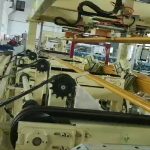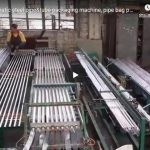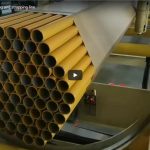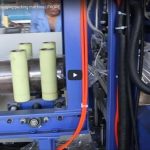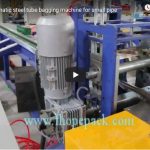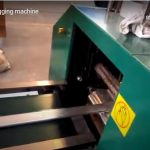This is a video for Automatic aluminum tube bagging and stacking line
Automatic aluminum tube bagging and stacking line,automatic aluminum tube bagging and stacking line as an innovative solution designed to streamline the handling, packaging and stacking of aluminum tubes. The state-of-the-art equipment brings automation and precision to manufacturing or distribution operations, offering a range of benefits.
The primary function of the automatic aluminum tube bagging and stacking line to automate the bagging process of aluminum tubes, reducing manual effort and increasing production speed. Each tube is securely wrapped, making it ready for further processing or shipping.
This system incorporates an automated stacking process that neatly arranges the bagged tubes for easy storage and transport. By minimizing manual handling, it reduces potential risks and improves operational efficiency.
The automatic aluminum tube bagging and stacking line not only expedites the packaging and stacking process but also provides a significant boost in operational efficiency. It is a strategic investment for businesses aiming to achieve superior productivity, safety, and cost-effectiveness.
The automatic aluminum tube bagging and stacking line revolutionizes packaging procedures, offering automation, precision, and enhanced performance.
For more details, please contact info@fhopepack.com.

